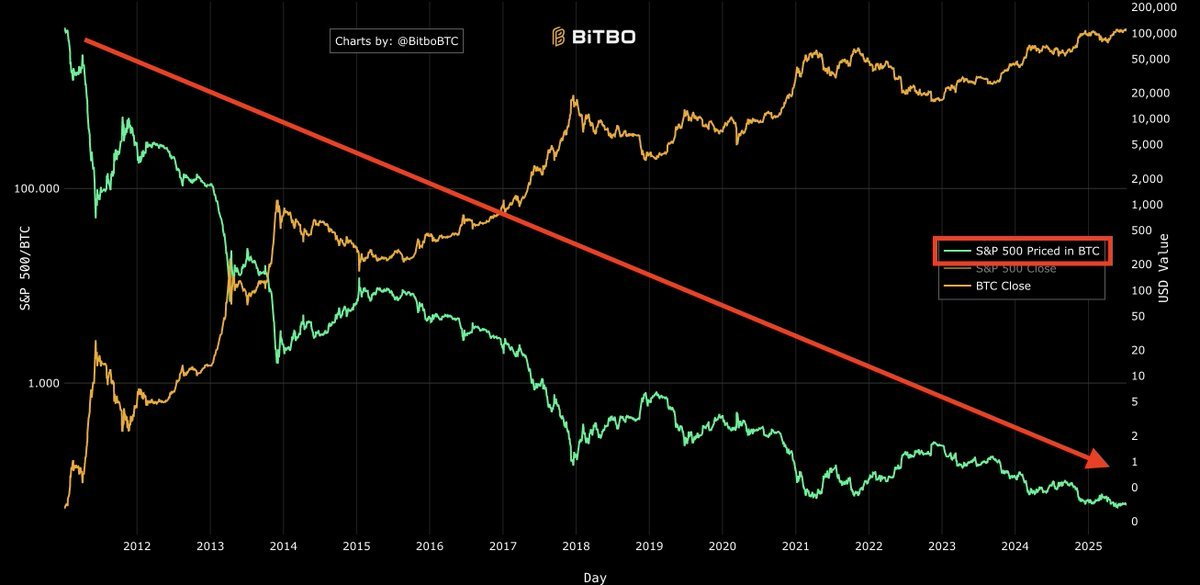The surging price of Bitcoin (BTC) is exerting a significant impact on Bitcoin-focused decentralized finance (DeFi). According to data from DefiLlama, the total value locked (TVL) across Bitcoin-based DeFi protocols has skyrocketed from $304.66 million on January 1, 2024, to a staggering $7.117 billion as of press time.

The recent upswing in Bitcoin DeFi—commonly known as BTCFi—can also be attributed to institutional inflows, the launch of new protocols, liquid restaking, Bitcoin-backed lending, yield generation, and other factors.
Institutions Pursue a BTCFi Strategy
Shah further noted that the total loan value within the Stacks ecosystem has risen alongside Bitcoin’s price appreciation.
Stablecoins Fuel the Surge in Bitcoin DeFi
Rich Evans, managing director at crypto exchange CEX.IO, told Cryptonews that he believes one of the most promising developments is the introduction of stablecoins to Bitcoin DeFi.
“Tether aimed to launch USDT on the Lightning Network via Taproot Assets, while UST0 was recently added to Rootstock,” Evans said. “Stablecoins are indeed the backbone of DeFi activity across other chains. Bitcoin has long lacked a dominant stable asset, so stablecoin expansion could be a game-changer for Bitcoin DeFi.”
This already appears to be the case. Sanders pointed out that two of the biggest use cases on Rootstock currently are Bitcoin borrowing and lending.
“We’re seeing both retail users and institutions harnessing Rootstock to generate yield from their BTC holdings, or borrow stablecoins against them. I’ve heard some incredible stories about people financing home renovations and businesses unlocking capital to expand into new markets,” he said.
Willem Schroé, CEO and co-founder of Bitcoin layer-2 Botanix Labs, told Cryptonews that Botanix is also experiencing steady growth due to these factors.
“As capital flows back into the ecosystem, we’re seeing a surge in interest around Bitcoin-native DeFi, particularly in lending, restaking, and generating yield on BTC,” Schroé said.
He added that Botanix has seen steady growth in new users and applications deploying to enable lending, decentralized exchange activity, and Bitcoin Yield.
Post time: Jul-18-2025
